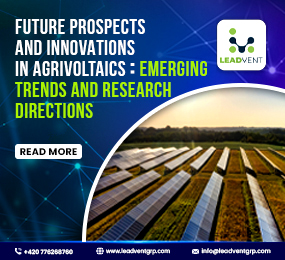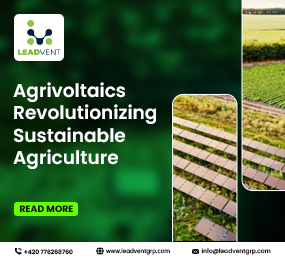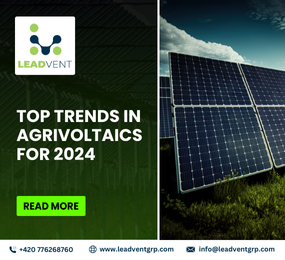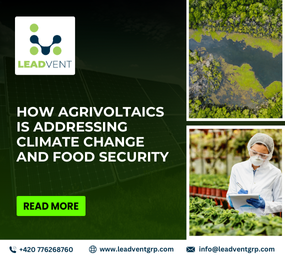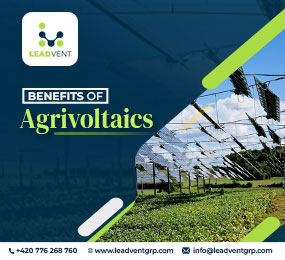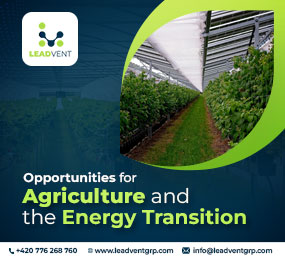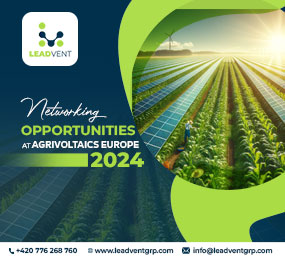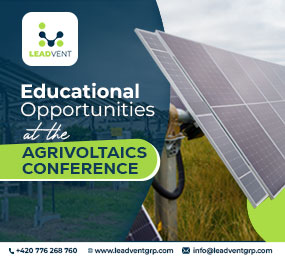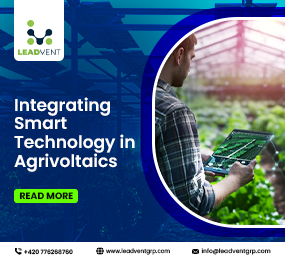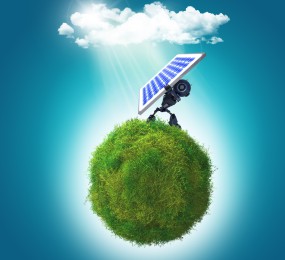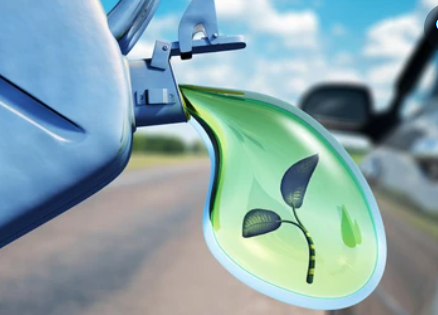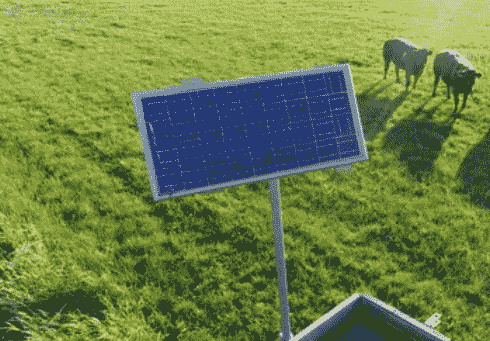Agrivoltaics: Growing Food and Power on Shared Ground
Agriculture and energy have often been seen as competing for land. As global populations grow and the push for clean energy accelerates, land use conflicts have become more visible especially in regions where farmland is vital to livelihoods. But what if we could grow crops and generate solar power on the same piece of land?
That’s exactly what agrivoltaics also called agri-solar aims to do. This innovative approach places solar panels above or alongside crops, allowing both systems to benefit from the same footprint. And while it may sound simple in theory, the impact is proving to be transformational for farmers, energy developers, and the environment alike.
A Win-Win for Energy and Agriculture
At the heart of agrivoltaics is the idea of dual land use. By mounting solar panels high enough to allow for farming equipment and crop growth, landowners can diversify their income: harvesting electricity and food at the same time. For farmers, this offers a new stream of revenue often in the form of lease payments or electricity savings. It also provides a layer of security against unpredictable weather and volatile crop prices.
But the relationship goes both ways. Crops can also benefit the panels. Plants release moisture into the air, which helps cool the panels and increase their efficiency. In hot climates, the shade from solar arrays can protect sensitive crops from heat stress and conserve soil moisture, creating a microclimate that boosts agricultural productivity.
From vineyards in France to vegetable farms in Kenya, agrivoltaic projects are showing that collaboration between solar developers and the agricultural sector is not only possible it’s beneficial.
Challenges and the Road Ahead
Despite its promise, agrivoltaics is not a one-size-fits-all solution. The success of a project depends heavily on the type of crops grown, the design of the solar system, and the specific geography of the site. It requires careful planning, open communication between stakeholders, and, often, regulatory support.
Still, the momentum is growing. Countries like Germany, Japan, and the Netherlands are supporting agrivoltaic research and offering incentives to encourage adoption. In Africa, pilot projects are exploring how solar-powered irrigation and crop cultivation can improve food and energy security together.
Takeaway Point
Agrivoltaics is not just a clever land-use strategy it’s a vision for a more integrated, sustainable future. By blending clean energy with agriculture, it gives communities the tools to address climate change, protect their food systems, and make better use of the land they depend on. As more regions embrace this dual approach, agrivoltaics is poised to become a cornerstone of resilient rural development worldwide.
Learn more on our website: https://www.leadventgrp.com/events/4th-annual-agrivoltaics-europe/details
For more information and group participation, contact us: [email protected]
Leadvent Group - Industry Leading Events for Business Leaders!
www.leadventgrp.com | [email protected]


